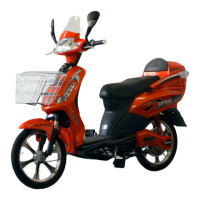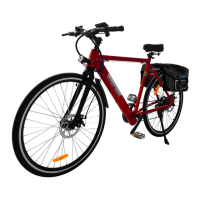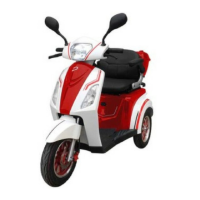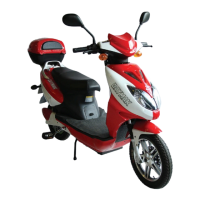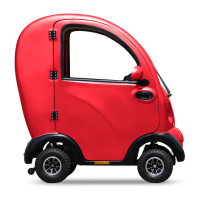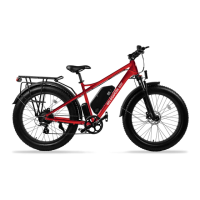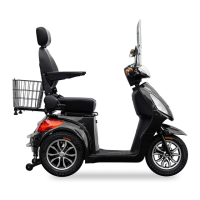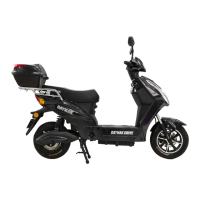Why is maintaining air pressure important for Daymak Monaco?
- AAlison MooreAug 1, 2025
Maintaining proper air pressure in your Daymak Scooter tires is important because if the air pressure is too low, your e-bike’s performance will suffer and it will become damaged more easily.
